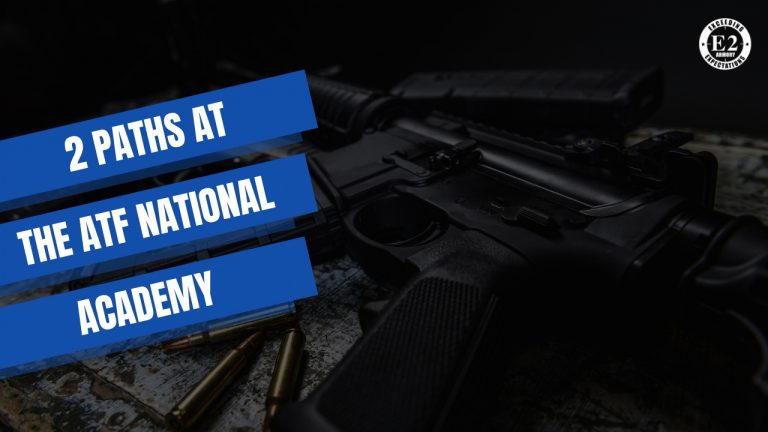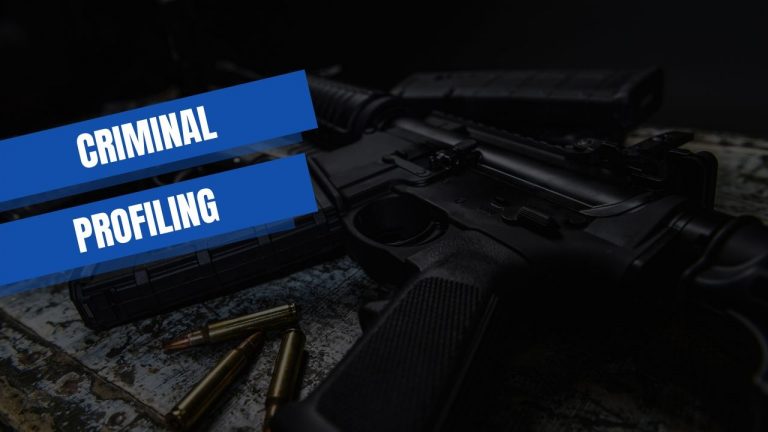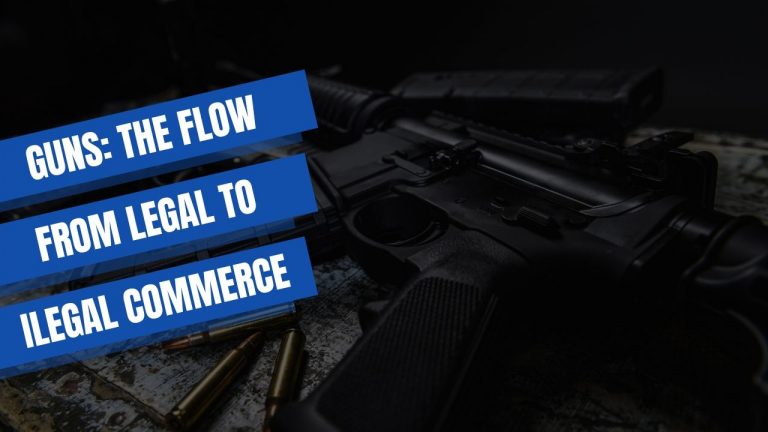The AR-15 Forward Assist: What You Need to Know
The AR-15 usually has a forward assist, but what is it and what does it do? A forward assist is a simple mechanical feature that is found on most of the AR platform firearms, although not everyone is familiar with what it does. The forward assist is generally found on the right hand side of the rifle, and is located right below the charging handle.
So what is this thing and what does it do exactly? Well the forward assist is an older feature from earlier semi-automatic rifles from the early to mid-20th century that had the ability of being forced into battery. A few of these older rifles include the M1, M1 carbine, M14, and many others.
The forward assist is a feature that is used to push a ar 15 bolt carrier group into action and completely closed. In order to use it, you simply have to press the small button on the forward assist assembly. By doing this, you will move the bolt forward completely and properly chamber a round. The forward assist is there to do exactly what its name implies, and assist you in pushing the bolt forward. In the event that you get a hang up or jam for any reason, you can use the forward assist to force a round into the chamber.
Also Read: 5 Reasons to Build Your Own AR-15 Rifle Instead of Buying
The forward assist on the AR-15 was added to the platform by the Army, although the creator of the AR-15, Eugene Stoner, didn’t believe this feature was necessary on his design. The manufacturer, Colt, created the forward assist assembly and all of its components, including the pawl, plunger, spring, and roll pin. In order to use it, you simply have to press the pawl which pushes the plunger forward. This will engage with the teeth on the bolt that helps to push it forward. As the bolt carrier group closes, the spring on the forward assist will push the pawl back out, completing the function of the device.
Because the forward assist system is pretty much standard issue on most AR-15 pattern firearms, there are plenty of different aftermarket options and designs for them. You can easily use a different design in order to customize your rifle, and there are many companies that make them and continue to release new designs every single year. Of course you will find forward assists out on the civilian market, since most shooters want their guns to look like what the professionals are using so it had better be mil-spec.
So now that we know what a forward assist is, do you actually need one? Is it a necessary option to have on your AR-15? Let’s take a look at a few common problems with a rifle. While a well kept rifle will rarely jam, there are a few reasons why you will get a failure to feed. One reason that you might see a failure is simply getting a bad round, which can occasionally happen. Another reason, which is much more common, is that your bolt carrier or receiver is extremely dirty. Lastly you could have a gear malfunction, such as a bad spring.
Also Read: What are the most common parts to break on an AR-15
Whatever the reason for the failure to feed, a forward assist can rarely do anything to help solve these problems. In some rare cases, it can help get the gun back into battery but this is not always the right solution. A malfunction tells you that something is wrong, and simply forcing the gun to operate will not help solve the problem. In fact, it could even result in further problems, damage, or even dangerous malfunctions. The forward assist could even make the bolt carrier seize up by forcing a bad and deformed round into the chamber that could be almost impossible to get back out.
So with all of that being said, is a forward assist actually all that necessary? Well, for most civilians who are simply using their guns to shoot at paper targets… maybe not. Your rifle rounds can be cleared and the gun put back into battery by simply pulling back on the charging handle. If it does not and cleaning is the issue, you will usually have all of the equipment right there at hand in order to do so (and not be in the middle of a gun fight).
For most malfunctions, you can give your firearm a quick check that there is a round in the chamber by pulling back on the charging handle to open the bolt and look. When doing this, you should obviously point the gun in a safe direction, but this will help you first determine the problem. Next take the magazine out and eject the loaded round, and try to reload the gun in order to see if the same issue repeats itself. If the bolt refuses to move, try moving it by hand. If it still won’t move, then you probably have a problem that a forward assist couldn’t help with anyways.
One practical use of a forward assist, however, is often used by hunters that are out in the field. They will use the charging handle to slowly close the bolt, being as quietly as possible in order to avoid spooking any nearby game animals. But by slowly using the charging handle, it will often fail to completely seat a round in the chamber. This is when they will use the forward assist for some help, and push the bolt closed the rest of the way. This will fully chamber the round and have a rifle ready to hunt with, all while staying silent.
All in all, there is no wrong or right answer if you need a forward assist on your gun or not. While it does serve a basic function, the vast majority of AR-15 shooters will probably not see a whole lot of need for it. Of course, this will not stop the majority of AR-15 manufacturers from continuing to put the forward assist on their firearms!
Also Read: Building an AR-15 Guide: All the Parts You Are Going to Need








